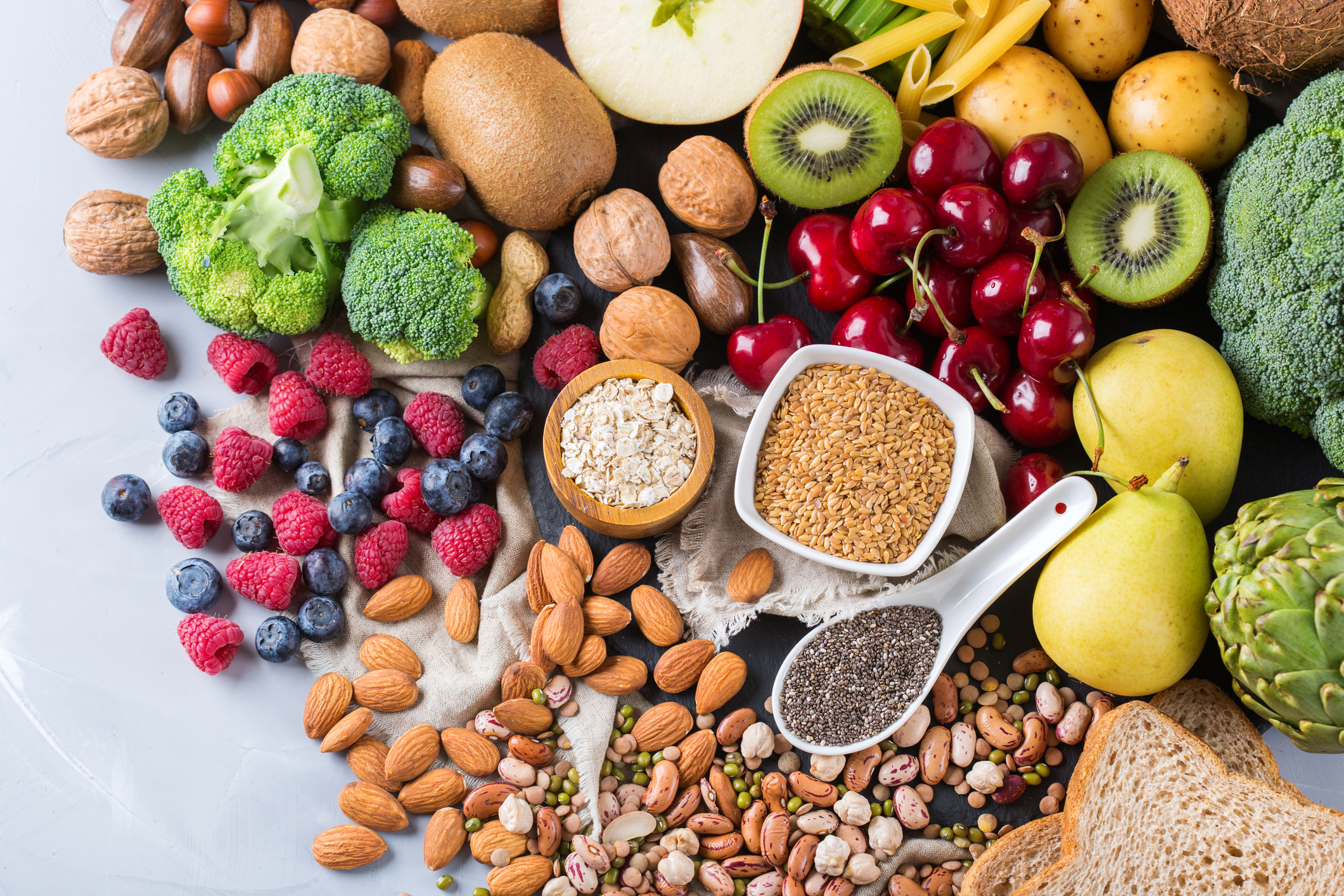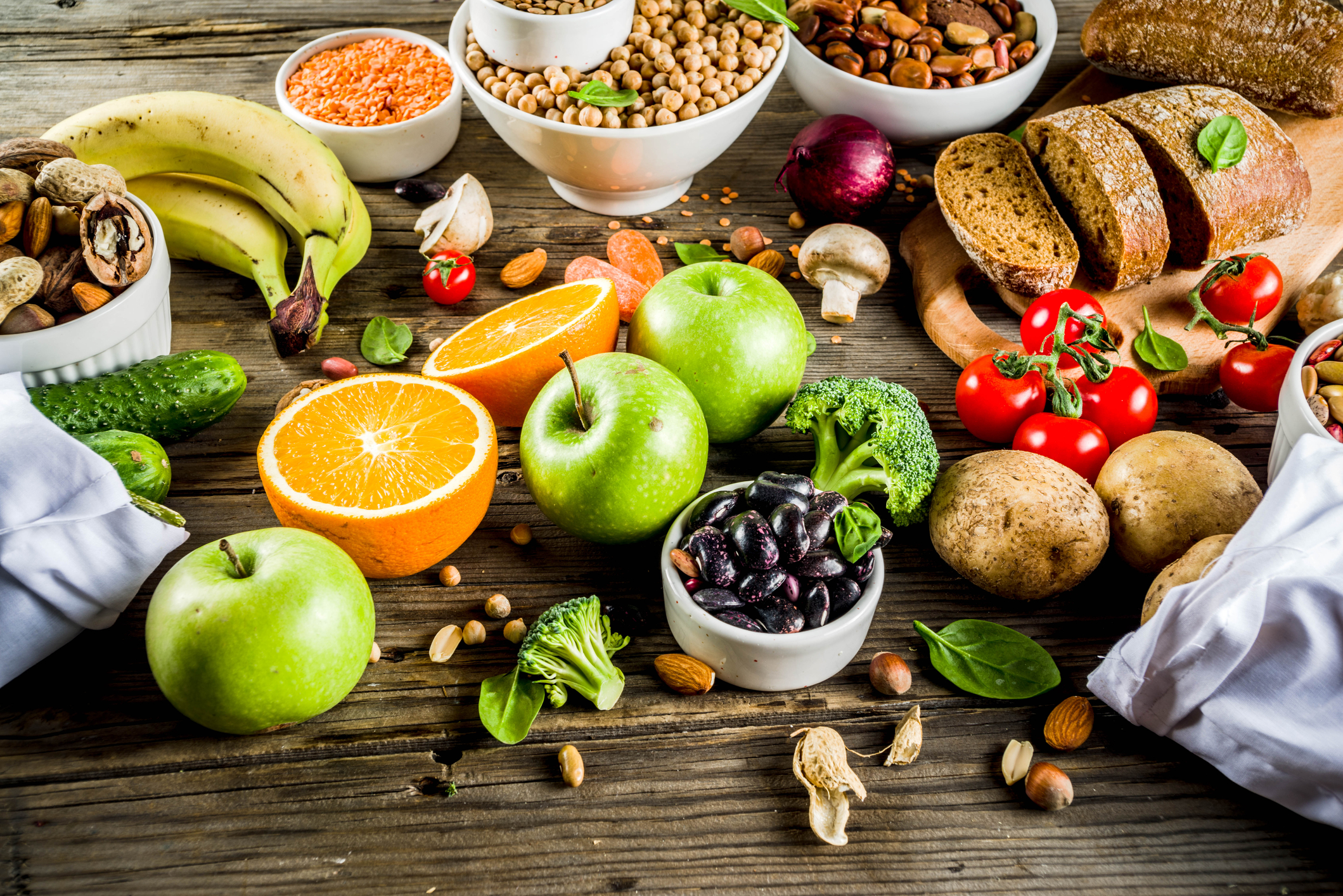Revitalizing Wellness: Top 5 Diet Strategies Redefining Health After 50
As we advance in age, our metabolism starts to change, pointing to the necessity of a shift in our diet to maintain our wellness. One effective strategy is by monitoring our macronutrients, or 'Macros.' These are carbohydrates, proteins, and fats, which are the essential building blocks of all diets. Carbohydrates are the body's main source of energy. Those aged above 50 should focus on complex carbs like whole grains, promoting steady blood sugar levels. Conversely, simple carbohydrates, such as those in processed food, should be avoided due to their tendency to cause energy spikes and crashes.
Proteins, needed for energy and muscle maintenance, should be derived from lean sources like fish and poultry. Fats, crucial for absorbing vitamins and minerals, should comprise of unsaturated forms, such as avocados or seeds, while saturated ones, such as those found in red meat, should be minimized. By minding macros, the body gets balanced nutrition, a cornerstone in attaining wellness after 50.
Micronutrient Magnitude: Small Nutrients Making Big Impact

Further than macronutrients, wellness truly lies in the details--the micronutrients. Micronutrients are vitamins and minerals necessary for cell function and preventing disease, yet required only in small amounts. As our bodies can’t produce most micronutrients, they must be derived from the food we eat or through quality supplements. It is vital to consult a healthcare provider to determine if supplementation is necessary.
Nutrients like Vitamin B12, responsible for nerve function, and calcium, crucial for bone health, often decrease with age, and hence, are especially important to be included in the diet of the 50-plus age group. Ensuring adequate intake of these will enhance our overall health and longevity.
The Hydration Habit: Quenching Wellness with Water

Hydration is vital for overall body functions like maintaining body temperature and eliminating waste. It becomes increasingly important with aging as our bodies' ability to conserve water often decreases, and the sense of thirst may not be as sharp. That underlines why older adults need to make a conscious effort to stay well-hydrated.
By developing a routine around water intake, for instance, drinking a glass after every bathroom break or before each meal, you ensure your body consistently receives the hydration it requires. Remember, though, that all fluids count towards hydration, including soups, fruits, and certain vegetables with high water content.
Aging with Fiber: The Longevity Lifeline

One of the everyday issues that older adults confront is chronic constipation. To alleviate this issue, integrating more fiber into the diet is a proven strategy. Aside from relieving digestive woes, high-fiber diet also aids in reducing risk of heart disease, controlling weight, and even improving skin health, all significant aspects of wellness post the age of 50.
You can add fiber to your diet via a variety of sources like fruits, vegetables, whole grains and legumes. Although, it's important to increase fiber gradually in your diet, paired with increased fluids, to avoid bloating and discomfort.
Mindful Eating: Nourishment Beyond Nutrition

Lastly, wellness does not lie merely in what we eat but also in how we eat. Mindful eating involves consciously paying attention to the experience of eating, savoring each bite, and listening to our body's hunger and satiety cues. This practice can enhance our relationship with food and promote feelings of satisfaction and well-being.
Engaging in mindful eating implies slowing down during meals, thoroughly chewing food, and avoiding distractions at mealtime. Regular practice of mindful eating can lead to improved digestion, healthier eating habits, and enhanced appreciation of food.